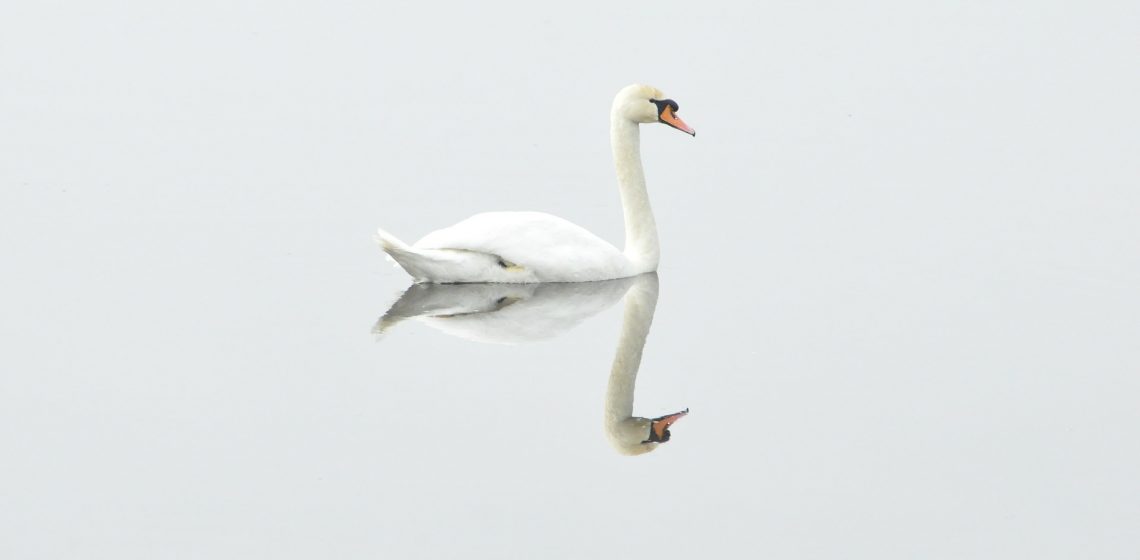8 Simple Rules to Avoid Plagiarism
Stealing another’s expression of an idea or work without permission and/or proper attribution is considered plagiarism. This specifically includes copying large parts or the entirety of someone else’s work while pretending that it is one’s own work, copying small parts of someone else’s work under fair use without proper attribution (that is, missing quotation marks and missing, misleading or wrong citation), grossly copying ideas or the narrative of another work without attributing the origin of the ideas or narrative, re-using images or photos without permission, etc.
Plagiarism has real legal implications. While ideas themselves are not copyrightable, the artistic expression of an idea (the “work“) automatically falls under copyright when it is created. Under fair use, small parts may be copied without the permission from the copyright holder. However, even under fair use, you must attribute the original source. What is considered fair use is rather subjective and can vary from country to country. See, for instance, here for a short introduction on fair use in the USA.
To avoid the plagiarism trap, here are 8 simple rules each researcher should follow:
Cite while you write
To avoid missing citations, make sure to insert citations while you are writing your paper. If you put your paper aside for a few days, you may forget where you found a particular piece of information or from where you copied a quote.
Avoid copy-pasting
Avoid copy-pasting from other papers. It is better you reproduce someone else’s idea in your own words (so called “paraphrasing”) and provide a citation to the original source. Alternatively, if you specifically want to quote the original author, immediately insert the quotation marks around text you copy-pasted, followed by the citation.
Use short quotations
Make sure you don’t quote entire paragraphs. Limit quotations to one or two key sentences. Further, limit the total number of quotations in your paper to just a few. Lots of quotations make your text harder to read.
Ask for permission from the copyright holder
If you are copying small parts of a work for transformative use, such as a short quote or a comment, and you are not sure if this falls under fair use, it is better to ask the copyright holder for a written permission.
Copying images and photos is also plagiarism
Images and photos (or videos) are also copyrighted. If you wish to re-use someone else’s imagery in your own paper (for instance, in a review paper or in the methods section of a research paper), make sure you obtain written permission from the copyright holder. Many copyright holders will allow you to re-use given imagery if you properly cite and attribute the original source of the images, sometimes with a small fee. Follow the guidance of the copyright holder regarding the best wording to use for attribution.
Apply the same standards when copying from open access journals or the public domain
If you re-use images or photos from open access journals, make sure to include the citation, and preferably reproduce the licensing terms (as in: Image reproduced from [citation], available under the CC-BY 3.0 license.) If you quote from works that are available under an open access license or in the public domain (such as quoting from an author that is long deceased), you still have to use quotation marks and use a proper citation. While it would not be a copyright infringement to reproduce a work which is in the public domain, most will still consider it deceitful if you do not properly attribute the original author/work.
Inform your co-authors and students
As the head of a lab or research group, you may have several students and associates involved in writing a paper. Make sure that all your co-workers are familiar with best practices to avoid plagiarism. If in doubt, have your paper checked by a plagiarism detection software before submitting to a journal.
Avoid self-plagiarism
If you re-use your own previous work or imagery in new papers, this often leads to self-plagiarism. Usually, you give up copyright when transferring your work to a publisher so that self-plagiarism often constitutes a copyright infringement. In addition to possible copyright infringement, it is not good practice to re-publish material that is already available elsewhere.
Plagiarism Toolbox
Here a few valuable resources on plagiarism & copyright.

